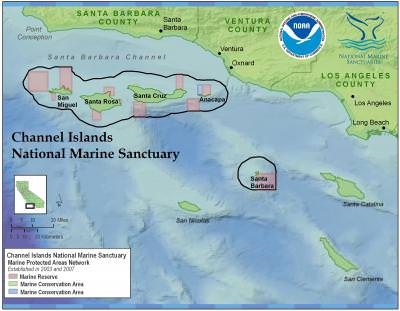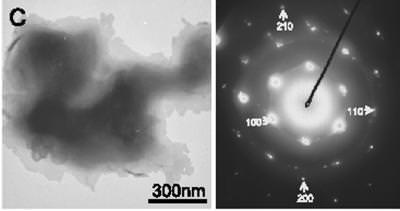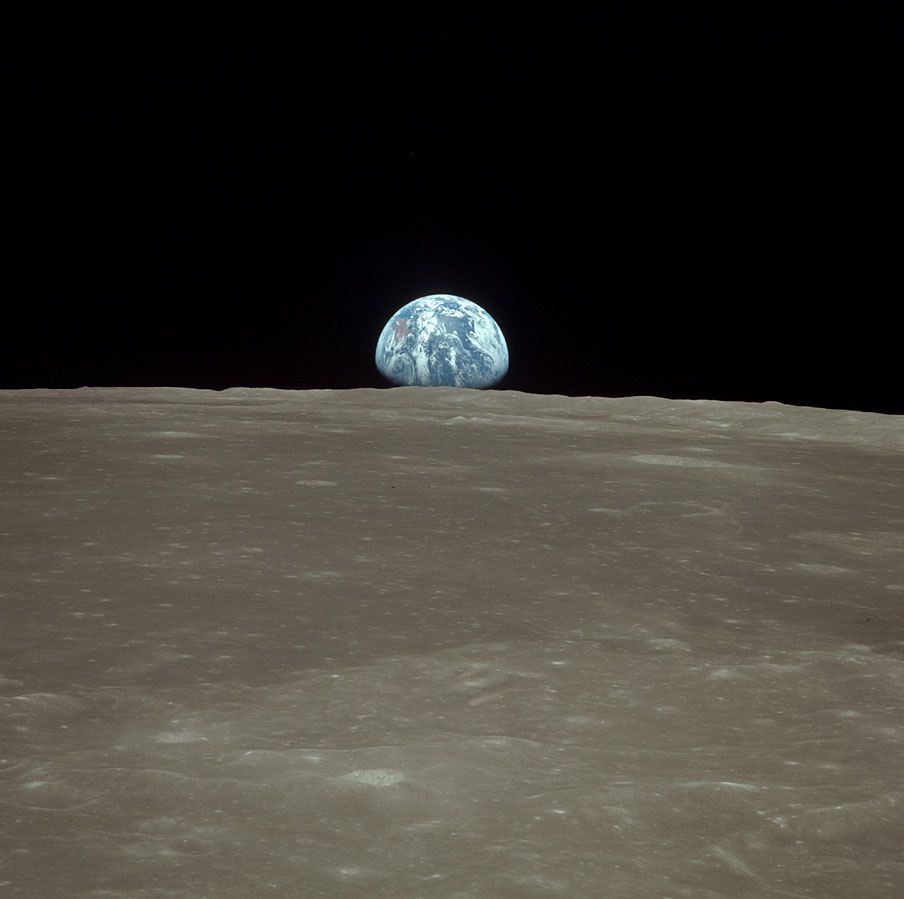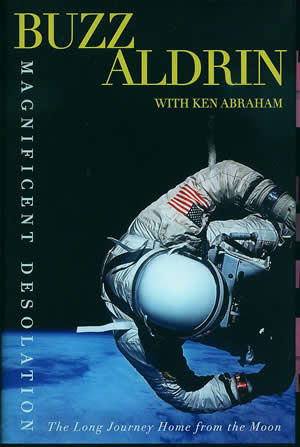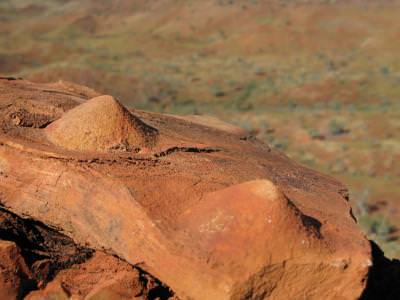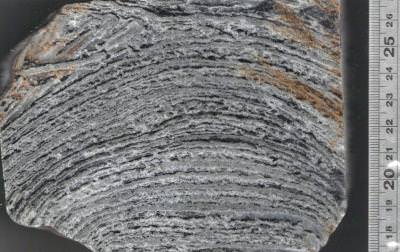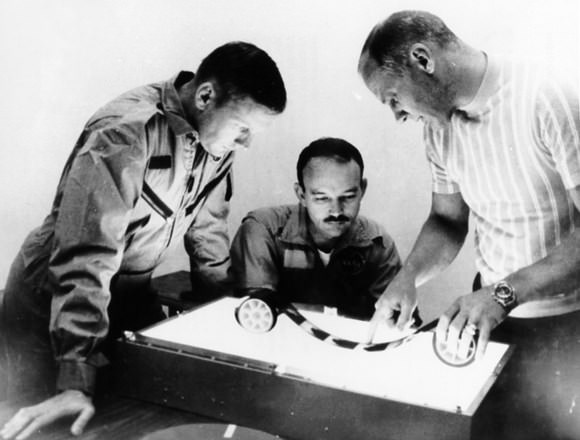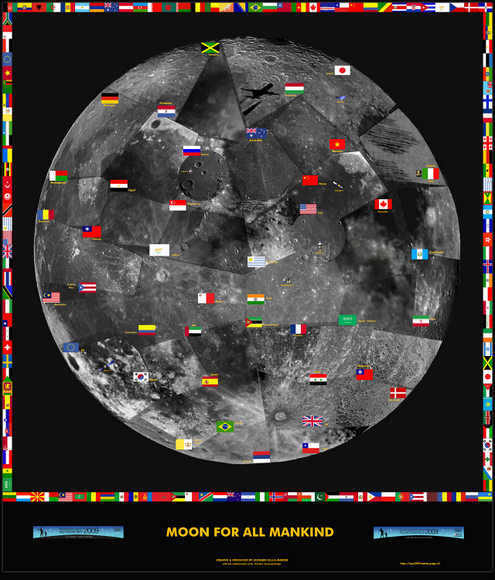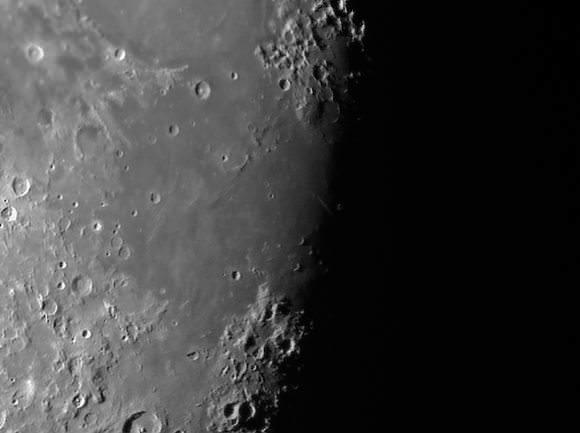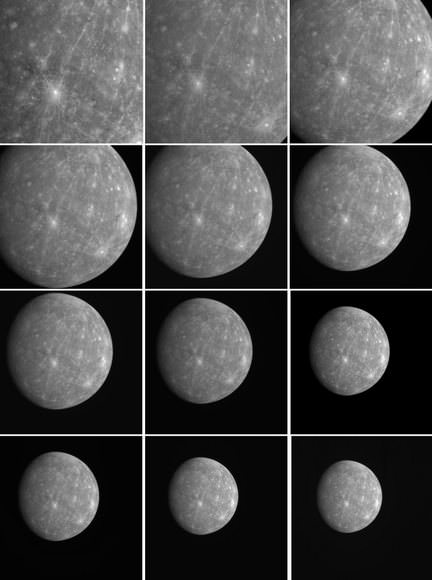[/caption]
The Thirty Meter Telescope, which is vying to be the inaugural member of an emerging class of giant eyes in the sky, is headed for the Mauna Kea in Hawaii.
That means the other contending site, Cerro Armazones in Chile, is off the drawing board.
Richard Ellis, a TMT board member, said the choice was a tough one, but Mauna Kea had scientific advantages.
“Mauna Kea is a higher site. It is actually drier, and the average temperature fluctuates less from day to day and during the day to night cycle than the Chilean site,” he said, during a press conference this afternoon to announce the decision. “Much of the astronomy will be at infrared wavelengths, where the dryness is an advantage.”
He added that the Hawaii boasts slightly better atmospheric qualities, including lower turbulence over the site.
When completed in 2018, the TMT will enable astronomers to detect and study light from the earliest stars and galaxies, analyze the formation of planets around nearby stars, and test many of the fundamental laws of physics. Based on the scientific model of the twin Keck telescopes, the core technology of TMT will be a 30-meter primary mirror composed of 492 segments.
The TMT project is an international partnership among the California Institute of Technology, the University of California, and ACURA, an organization of Canadian universities. The National Astronomical Observatory of Japan (NAOJ) joined TMT as a Collaborating Institution in 2008.
The TMT project has completed its $77 million design development phase with primary financial support of $50 million from the Gordon and Betty Moore Foundation and $22 million from Canada. The project has now entered the early construction phase, with an additional $200 million pledge from the Gordon and Betty Moore Foundation. Caltech and the University of California each have agreed to raise matching funds of $50 million to bring the construction total to $300 million, and the Canadian partners propose to supply the enclosure, the telescope structure, and the first light adaptive optics.
The TMT faces competition from the Giant Magellan Telescope to usher in the age of the giants. See past Universe Today coverage of the race here.
Source: TMT site


